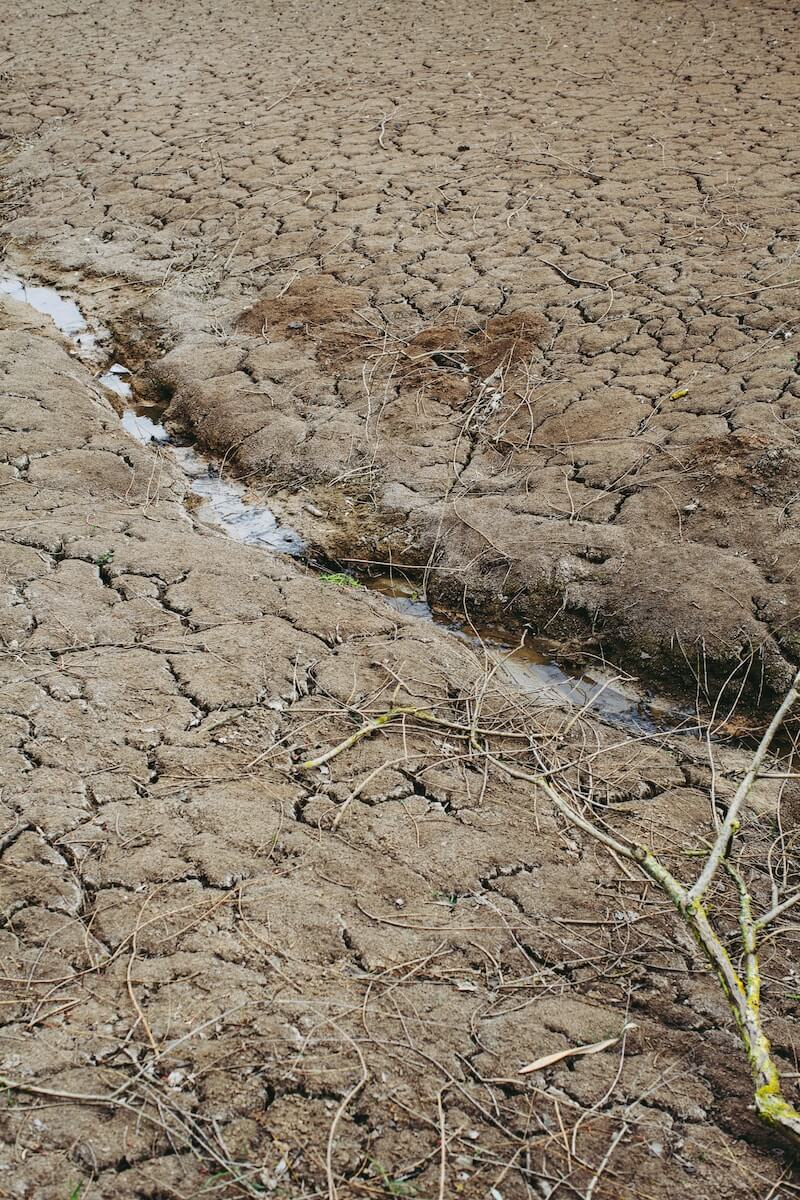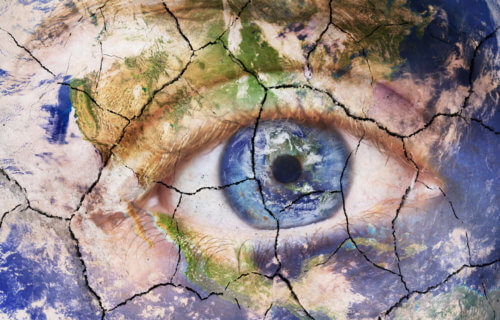SOUTHAMPTON, United Kingdom — Concerning new research finds that flash droughts have become more common in recent years due to climate change. Even worse, this trend is only expected to intensify as our planet continues to warm.
The opposite of a flash flood, a “flash drought” refers to either the rapid onset or intensification of a drought. Flash droughts are usually the result of low rates of precipitation and abnormally high temperatures, winds, and radiation. Troublingly, this latest study indicates flash droughts are quickly becoming the new normal, consequently making forecasting and preparing for them much more difficult.
Within a matter of just a few weeks, a flash drought can turn into a severe drought. While flash droughts start quickly, rapidly depleting soil of water, they can actually last for months on end — damaging vegetation and ecosystems and even triggering heat waves and wildfires.
So, an international team of researchers set out to confirm and better understand this apparent transition from conventional “slow” droughts to flash droughts. Importantly, study authors aimed to analyze how this trend will develop under different carbon emission scenarios.
“Climate change has effectively sped up the onset of droughts,” says Professor Justin Sheffield, Professor of Hydrology and Remote Sensing at the University of Southampton and co-author of the paper, in a media release. “While it varies between different regions, there has been a global shift towards more frequent flash droughts during the past 64 years.”

Where are flash droughts most common?
The shift to flash droughts is most apparent over East and North Asia, Europe, the Sahara, and the west coast of South America. Other areas like eastern North America, Southeast Asia, and North Australia experienced fewer flash droughts, but the speed of drought onset still increased in these regions. Notably, in the Amazon and West Africa there was no observed evidence of a transition toward flash droughts. The Amazon experienced an increase in slow droughts, while West Africa experienced an uptick in the frequency and extremity of both fast and slow droughts.
“As we head towards a warmer future, flash droughts are becoming the new normal. Our models show that higher-emission scenarios would lead to a greater risk of flash droughts with quicker onset which pose a major challenge for climate adaptation,” Prof. Sheffield explains.
Researchers believe the shift toward flash droughts could result in irreversible problems for numerous ecosystems on Earth, as such habitats may not have enough time to adapt to a sudden lack of water and extreme heat. Forecasting flash droughts is also quite challenging, since current approaches to predicting droughts make use of longer time scales.
In conclusion, study authors say new approaches are necessary that will provide more accurate early warning systems for flash droughts, as well as an improved understanding of the impact on natural ecosystems and humans.
The study is published in the journal Science.

